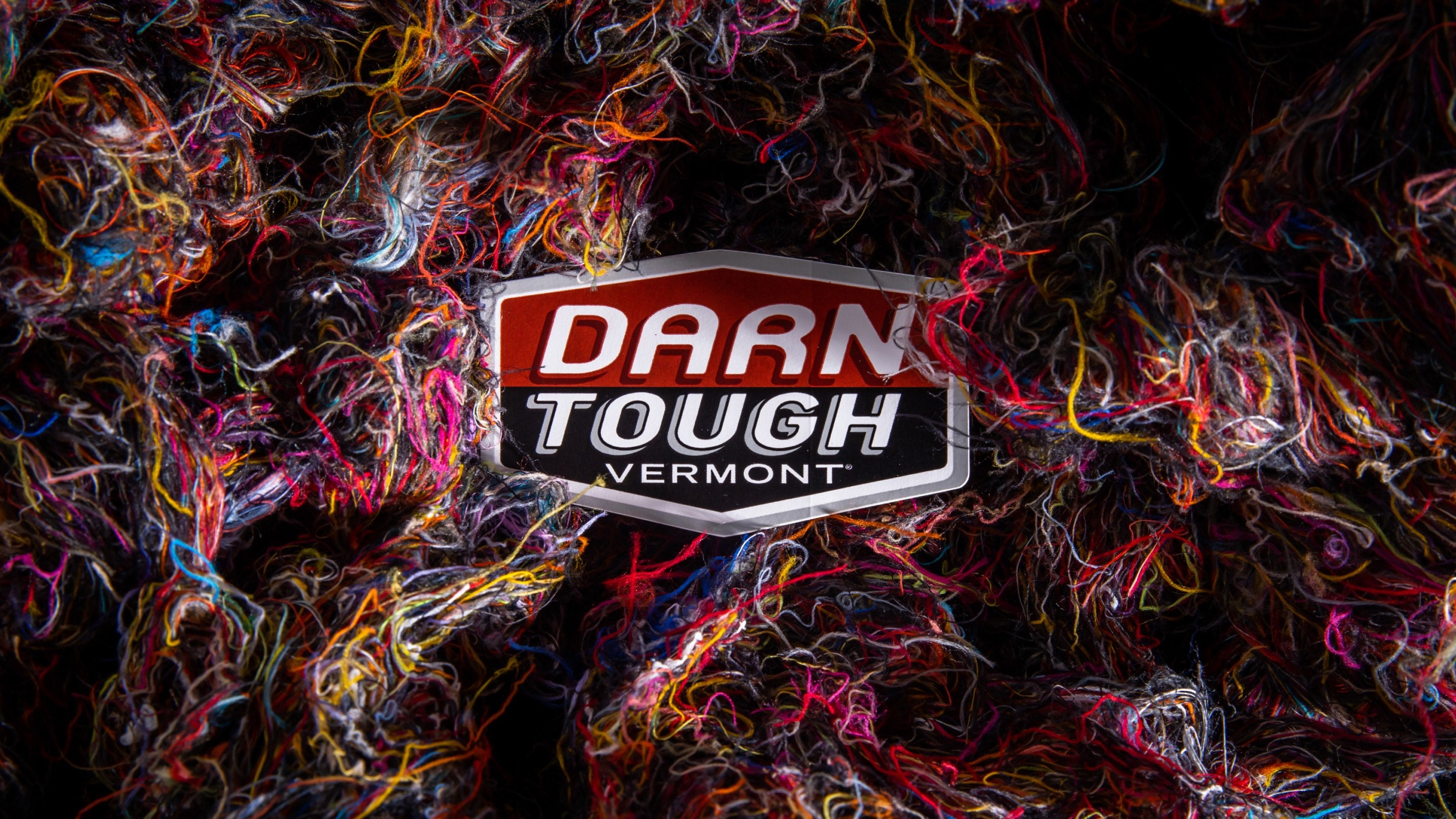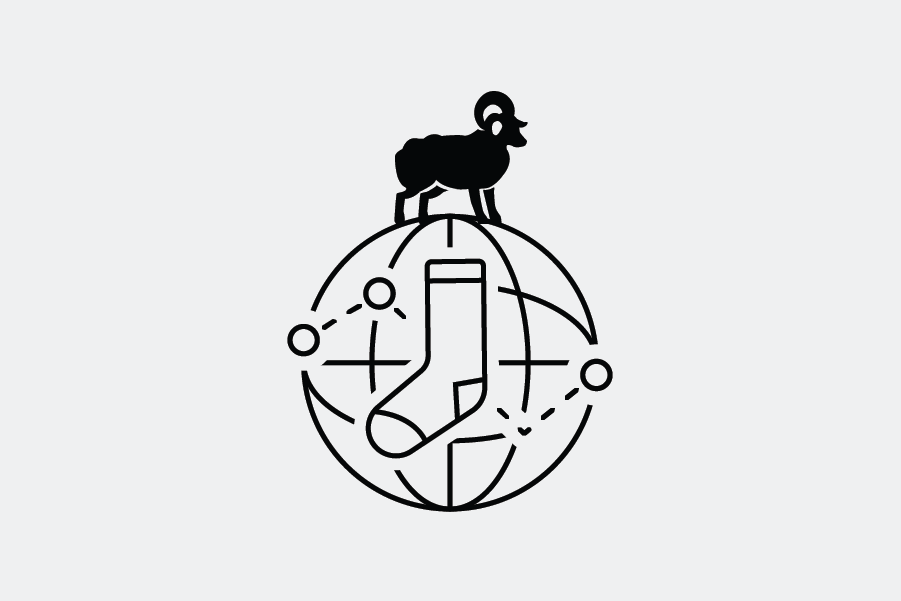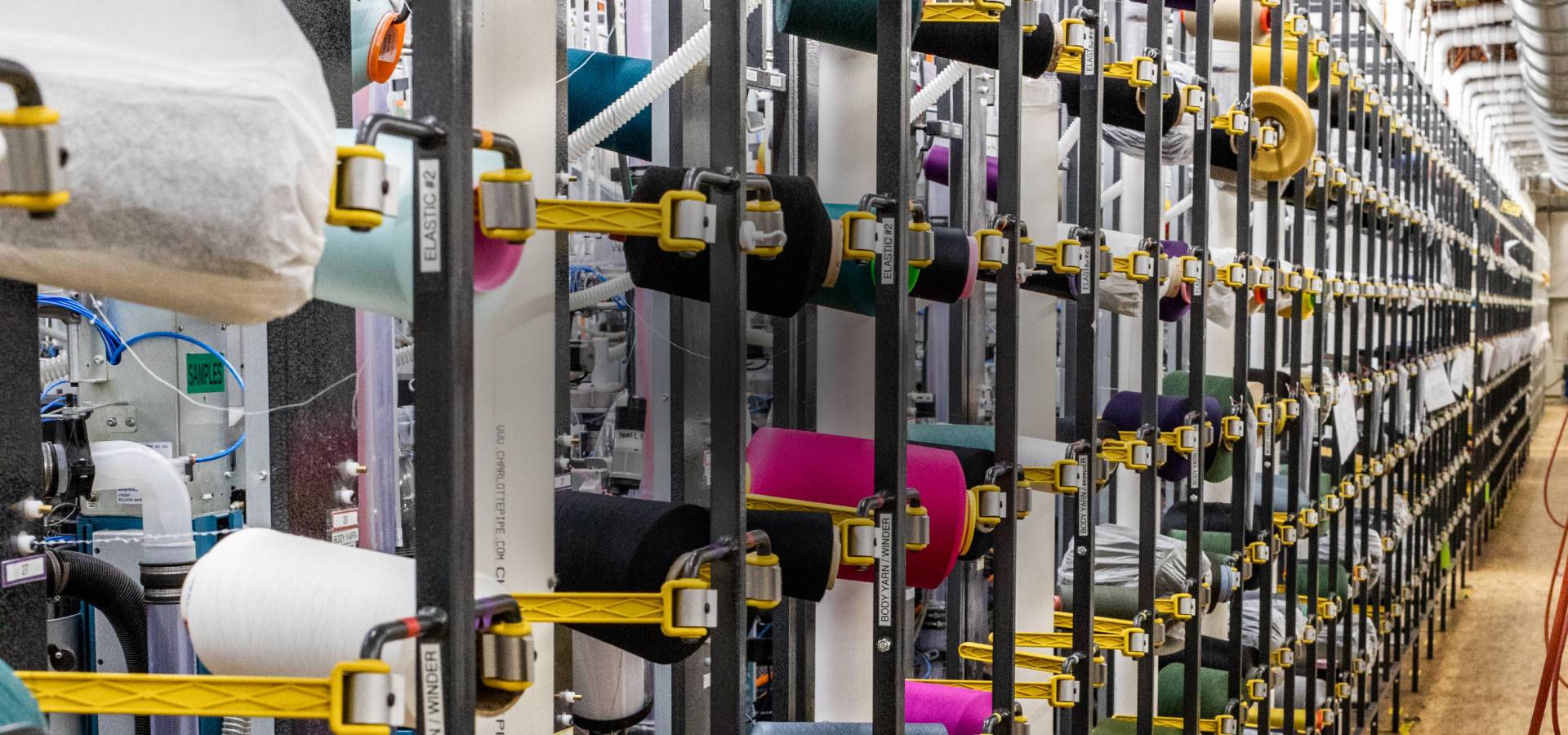What are you looking for?
Search
About Merino Wool

Merino Wool
Naturally evolved over thousands of years, we choose Merino Wool for our socks because it’s wildly resilient and incredibly versatile. More often than not, it’s not wool you're allergic to, it’s the kind of wool you’re wearing. Merino Wool is soft and comfortable.
What Is Merino Wool?
Merino Wool is the world’s most versatile performance fabric. It comes from high-elevation areas in New Zealand and Australia where Merino sheep run wild. The Merino breed’s wool is revered for its durability and moisture-wicking capabilities. Under a microscope, its fibers measure half as thick as human hairs but are twice as resilient, capable of being twisted up to 20,000 times without breaking.
The inherent power of wool is its ability to stretch, thanks to natural crimps in its fibers. These creases, or folds, coil together to create an elastic-like core, giving it a reflexive memory that snaps back into place during and after rigorous activity. Compared to other sock materials, we choose Merino because it's wildly durable, temperature regulating, and silky smooth on your skin.
What Is Merino Wool Used for?

Better yet, what is it not used for? Surely, you already know that Merino is unquestionably the best fiber for outdoor activities. But what most people don’t understand (yet) is that it’s also super plush and well-suited for everyday life – at least what we knit is. From hiking to hanging at home, we’ve learned to maximize Merino’s natural abilities to ensure you’ll never need another sock…ever.
Inside a Merino Fiber

Scales
Small, breathable scales facilitate air flow, assist in moisture wicking, and make Merino Wool soft and silky.
The Benefits of Merino Wool
Merino Wool is a natural fiber that we use to knit hiking socks and other activity-specific socks. The benefits of Merino Wool are that it's naturally odor resistant, moisture wicking, and thermoregulating. Unlike cotton socks, wearing wool socks is better for foot health because the material combats odors and insulates even after it gets wet. And because life just wouldn’t be the same without it.
Moisture Wicking
As your body heats, Merino Wool naturally absorbs moisture before it turns into sweat. Its permeable fibers effectively wick moisture off your skin, helping your feet stay dry. In reverse, outside moisture (think rain or the occasional puddle) also gets captured before it touches your skin, keeping your feet warm and dry when you’re moving. Meanwhile, cotton is like a sponge. Need we say more?
Thermoregulating
There is a natural crimp in Merino Wool fiber that provides deep pockets of insulation — aka, holding or releasing heat depending on what your body is doing. Think of it as an insulated mug for your feet that naturally keeps your piggies cool in hot weather and warm in cold weather. Synthetics can mimic this behavior but can’t replicate Merino’s innate ability to regulate your body’s core temperature year-round.
Odor Resistant
Odor resistance is unique to wool. The chemical structure stops sweat and bacteria build-up. So, go ahead and take a whiff. It's not impossible to stink up, but it naturally repels odor to the point that you can wear them for multiple days without a wash (or before you offend anybody). Whether you’re travel-prepping or gearing up for a backpacking trip, our socks ensure your feet stay funk-free for every darn mile.
Natural
Sheep have been running around in Merino Wool for thousands of years – and they’ll likely never stop. Not only is it nature’s most versatile fabric, but Merino Wool is also a highly coveted renewable resource. Comprised of tiny, natural proteins called keratin (the same found in your hair), Merino is inherently nutrient-dense with trace amounts of calcium, sodium, and fat found naturally in its fibers.
Soft
Unlike the coarse, bristly wool found in your grandma’s closet, Merino Wool is super fine and naturally soft. Its bendable fibers help soothe your skin and keep your feet comfy for days (if not for life). Compared to a human hair, Merino Wool is one-third the diameter and three times as fine, thus creating an ultra-soft, irritation-free fit that feels comfier the longer you wear them.
A Fitting Partner
Your shoes are only as good as the socks you pair them with. And if Merino Wool has taught us anything, it’s that it truly is the world’s best layering material.Unlike cotton layers, Merino layers – including the socks tucked away under your shoes – actively transfer sweat away from your skin and allow trapped moisture to escape without hindrance. And what we knit is softer and more durable, don’t forget.
We Only Use Three Ingredients in Our Socks

Merino Wool, Nylon, and Lycra® Spandex are the only yarns we knit into our socks. A pure Merino sock would not have the elasticity to hold its fit, and Nylon strengthens wear zones. The list is simple, but it’s how we do it that helps us knit a longer lasting sock.
Some Instincts Aren't Natural
There are more than a few misconceptions about wool, or at least Merino Wool.
Not Too Itchy
Correct, some wool is rough to the touch, but Merino is silky smooth. Under a microscope, the fiber has a longer, scale-like appearance for a fine, smooth feel.
Not Bulky
Our running and casual socks, for example, are incredibly thin. Merino Wool yarn is no thick strand you'd find in the crochet basket. You'd likely call it a thread.
Not Just for Cold
The thermoregulating properties of Merino Wool will surprise you. Our heavyweight socks contain the most wool content and can be quite pleasant on a hot day.
Sourcing

While we knit, finish, and package all our socks in Vermont, our materials come from all over the globe – Merino Wool primarily from Australia, South Africa, and Patagonia. For whatever reason (it’s the environmental conditions) these sheep are still the best. They aren’t the only ones, however, and our Tactical socks are Berry Amendment Compliant, meaning they are completely sourced in the U.S.A.
Responsible Wool Standard

We prioritize using wool exclusively from sheep that haven't been exposed to mulesing. In 2019, we made a committment to support the Responsible Wool Standard (RWS) and shift 100% of our wool supply to RWS-certified Merino Wool.
"Sheep have been running around mountains in wool for thousands of years."
Ric Cabot
